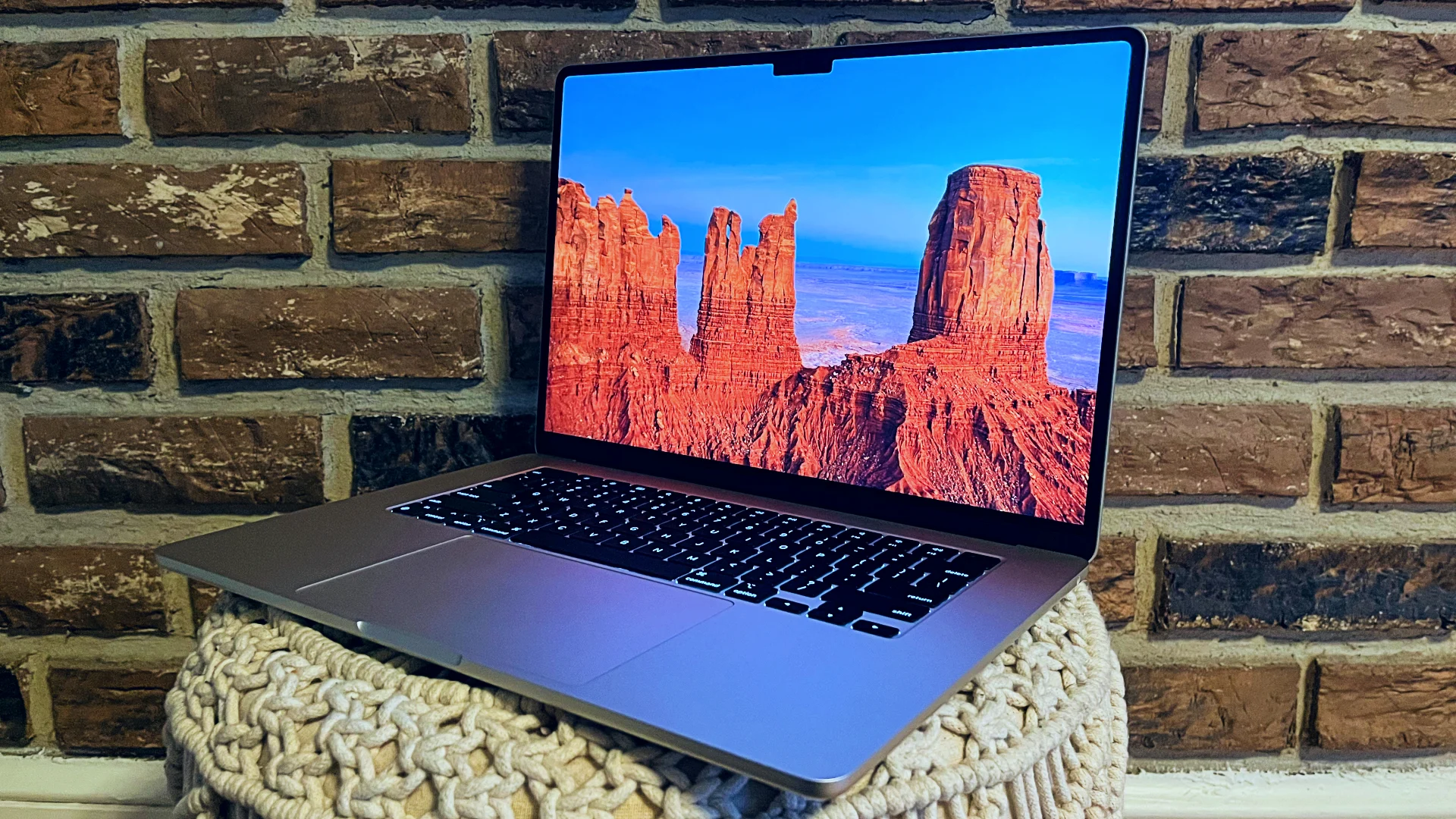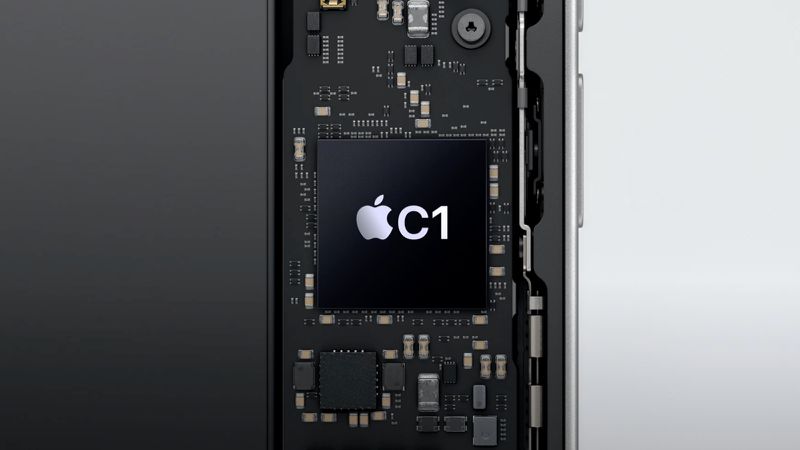Apple is testing iOS 18.4 right now, and it’s full of cool new stuff. But according to Mark Gurman, the next update, iOS 18.5, will tackle two of Apple’s biggest AI challenges: a smarter Siri and AI features for China.
What’s Coming in iOS 18.5, According to Gurman
In his Power On newsletter, Gurman talked about iOS 18.4’s features before hinting at what’s next. He says iOS 18.5 will bring the exciting stuff—like a supercharged Siri that Apple showed off last summer and AI tools for users in China. Normally, a late update like this doesn’t get big changes, but iOS 18.5 is different with two major upgrades.
A Smarter Siri
Siri’s big makeover is finally happening. It’ll do all the fancy things Apple promised at WWDC last year—stuff people thought would already be here after seeing the ads. For example, Siri will handle tons of new tasks inside apps and even between them. That means you can ask it to do things by voice instead of tapping around.
Another neat trick? Siri will see what’s on your screen and help based on that. Plus, it’ll know more about you—like your recent meetings, messages, or places you’ve been. Ask it anything about your life, and Siri will answer like a real helper. Apple’s been tweaking Siri bit by bit, but iOS 18.5 should make it feel brand new.
AI Features in China
This won’t affect everyone, but it’s huge for Apple. In China, local phone brands already have their own AI tools, putting pressure on Apple. Bringing Apple Intelligence to China with iOS 18.5 is a must to keep up. iPhone sales there have been slow lately, though Tim Cook says not to panic. He’s hopeful because where AI features are live, sales are better. So, this update could give iPhones a big lift in China.
When Will iOS 18.5 Arrive?
Gurman thinks iOS 18.5 will roll out around May, though it might slip to June since iOS 18.4 hits in April. Either way, Apple wants it ready before WWDC 2025 starts. These changes could be a game-changer for Siri fans and Apple’s China market!






